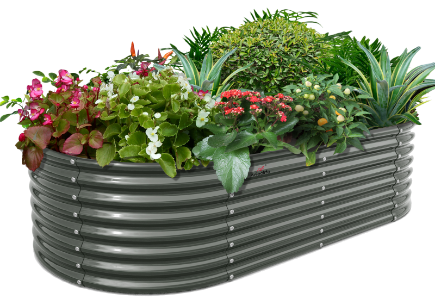The Benefits of Tailored-Fit Cultivation Areas for Sustainable Agriculture
Body
In the realm of sustainable agriculture, the concept of tailored-fit cultivation areas has emerged as a pivotal strategy. These specialized zones are designed to optimize agricultural practices, ensuring that crops thrive in their most suitable environments. But what exactly are tailored-fit cultivation areas, and how can they benefit both farmers and the ecosystem?

Understanding Tailored-Fit Cultivation Areas
Tailored-fit cultivation areas refer to specific plots of land that are customized based on various factors such as soil type, climate, and crop requirements. By analyzing these elements, farmers can create an environment that maximizes yield while minimizing resource use. This approach not only enhances productivity but also promotes sustainable practices.
Key Benefits of Tailored-Fit Cultivation Areas
- Enhanced Crop Yield: By selecting the right location for each crop, farmers can significantly increase their harvests.
- Resource Efficiency: Tailored-fit areas allow for more efficient use of water, fertilizers, and pesticides, reducing waste and environmental impact.
- Soil Health Improvement: These areas can be managed to enhance soil quality, leading to long-term agricultural sustainability.
- Climate Adaptation: Farmers can adapt their practices to changing climate conditions by utilizing tailored-fit cultivation areas.
Implementing Tailored-Fit Cultivation Areas
How can farmers effectively implement tailored-fit cultivation areas? The process begins with a thorough assessment of the land. This includes soil testing, climate analysis, and understanding the specific needs of the crops intended for cultivation. Once this data is gathered, farmers can make informed decisions about which crops to plant and where.
For instance, if a farmer discovers that a particular section of their land retains moisture better than others, they might choose to plant water-sensitive crops in that area. This strategic planning not only boosts productivity but also conserves water resources.
Tools and Resources for Tailored-Fit Cultivation
Utilizing modern technology can greatly enhance the effectiveness of tailored-fit cultivation areas. Tools such as:
- Soil sensors for real-time data on moisture and nutrient levels.
- Climate modeling software to predict weather patterns.
- Geographic Information Systems (GIS) for mapping and analysis.
These resources enable farmers to make data-driven decisions that align with sustainable practices.
Conclusion: The Future of Agriculture
As we look toward the future of agriculture, the importance of tailored-fit cultivation areas cannot be overstated. By embracing this innovative approach, farmers can not only enhance their productivity but also contribute to a more sustainable and resilient agricultural system. For those interested in creating their own tailored-fit cultivation areas, consider investing in quality materials such as that support effective gardening practices.
In summary, tailored-fit cultivation areas represent a significant advancement in sustainable agriculture, offering numerous benefits that can lead to a healthier planet and more productive farming practices.






Comments